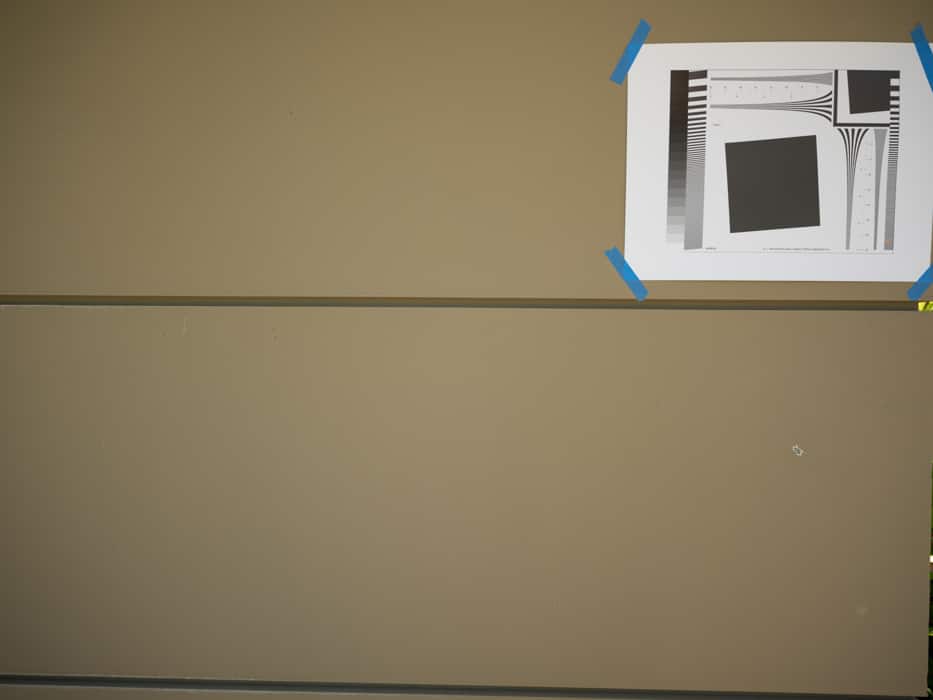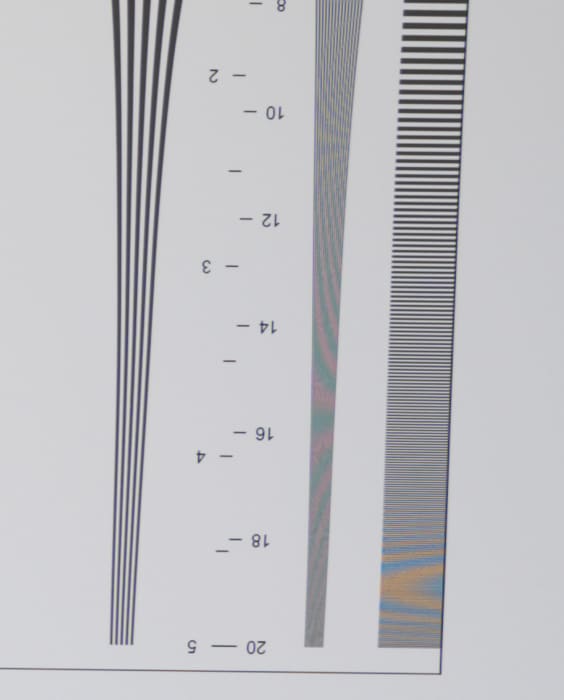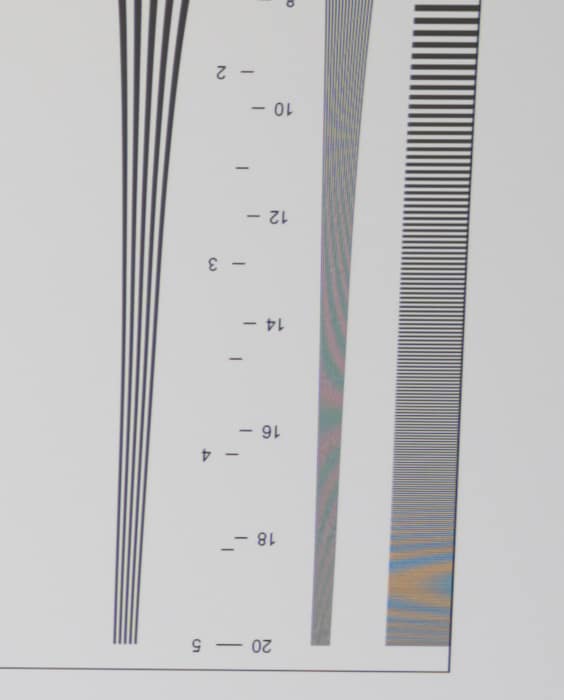This is the 71st in a series of posts on the Fujifilm GFX-50S. The series starts here.
In the last post, I showed you some images with Lightroom’s distortion correction enabled and disabled for the Sony 12-24/4 FE lens. Several people had expressed the opinion that correcting distortion in wide rectilinear lenses in post should be avoided because of degradations in image quality (IQ). Some have said that such corrections “wreck microcontrast”. It turned out, in the case of the Sony 12-24 and Lightroom’s lens profile, there was no problem.
But what about the Fuji 23 mm f/4 lens on the GFX? It’s not as simple as with the Sony lens, since Lightroom doesn’t use a lens profile for distortion correction, but implements the process in such a way that it can’t be simply turned off from inside Lightroom.
However, Iridient’s XTransformer can make DNG files from RAFs with and without distortion correction. I used it both ways, and set the other options — noise reduction, vignetting correction, LaCA correction, etc — all to off. I also set the option to defeat several LR processing steps.
This is what I got:


A close look at the target at 100% magnification:


As with the Sony 12-24, these look very similar.
A closer look at greater than 100% magnification:


They look pretty similar in both the extinction and microcontrast regions. Note that we’re still getting false color well after the visual monochromatic extinction point.
A slanted edge analysis of both samples follows. First, uncorrected:
Now, corrected:
The correction seems to introduce a real frequency axis zero just past the Nyquist sampling frequency. Other than that, they numbers look quite similar.
My conclusions: don’t worry about lens corrections with the Fuji 23/4.
By the way, don’t try to compare the numbers in this test with the ones in the preceding one. There are many uncontrolled things that could invalidate that comparison, such as LR profile sharpening (which was, I think, turned off for the GFX), target distance, focus accuracy, and alignment accuracy. The beauty of comparing two different developments of the same raw file is that you don’t have to be very precise about any of those things.
Addendum:
A reader suggested that the CA correction is more injurious to IQ than distortion correction. Here’s the crop of the target with CA correction applied, but without distortion correction:
And here’s the slanted edge analysis:
Looks fine to me. Note that the LoCA is not corrected, as you would expect.
Further addendum:
Frans van den Bergh pointed out that the close reproduction of the false color in pairs of these images is not indicative of near-perfect correction because the distortion correction is almost certainly performed after the demosaicing. Frans suggested that the closeness of the MTF plots might result from the distortion correction resampling being performed on a nearest neighbor basis. I took a clos look, and that is not the case:

If you look at the part of the image indicated by the arrows, you can see differences that indicate that the corrected image has been resampled using something more sophisticated than nearest neighbor.
If we take the difference between the corrected and uncorrected image and move the corrected one a few pixels to the left, we get this:
If we brighten that image, this is what we see:
I’m not sure what to make of that.








Frans van den Bergh says
Hi Jim,
From my understanding of distortion correction, the actual resampling will take place after demosaicing. This would explain why the colour Moire patterns were preserved.
What I cannot yet explain is how they (Adobe) manage to perform the resampling without any visible loss of contrast. I wonder if they cheat on the geometry of the lens correction, meaning they are implementing something that is much closer to nearest neighbour resampling. That way they avoid having to interpolate between values, but they spread the geometric error (the 0.5 pixel error expected in nearest neighbour) over a larger area ….
… now I have to go and implement this to see if it will work 🙂
-F
JimK says
Thanks, Frans. I’ve changed the post with respect to the false color.
Your idea about NN is intriguing. I did some pixel peeping and made an addendum to the post. It looks like the resampling is more sophisticated than that. I’ll be interested in seeing what you find.
Frans van den Bergh says
Thanks for the further addendum.
I am still intrigued by your MTF results. I have added some lens distortion correction to MTF Mapper (still not quite perfect, I’ll write a blog post once I am satisfied). What I have learnt is that mild lens distortion does not affect MTF measurements over short edges (say, about 100 pixels in length), that is, we can just pretend the lens is not distorted.
At the other end of the spectrum, I have seen what the worst-case impact of resampling on slanted edge MTF measurements are. If your image is shifted by a constant 0.5 pixels over the entire edge being measured, then even the best interpolation methods will knock the contrast to 0 at Nyquist. With lens distortion, we will obviously not see such a constant shift, but rather a blend of sub-pixel offsets. I would still expect this to have a more pronounced impact on MTF than what your results show.
So my proposal is a resampling algorithm tailored to lens distortion correction, inspired by the Floyd-Steinberg dithering algorithm. Rather than doing an exact geometric distortion correction, you force the sub-pixel offsets to stay away from 0.5 pixels, and spread the resulting geometric error over a larger area. This avoids the worst-case interpolation at 0.5 pixel offsets, so you reduce the visible blurring. Without the Floyd-Steinberg type dithering you will have visible discontinuities, such as seen in nearest-neighbour interpolation. I’ll have to check the range of sub-pixel offsets that still interpolate well (maybe up to 0.25 pixel shifts are ok?)
Anyhow, I still think that for photographic purposes we can tolerate a sub-pixel geometric error in the lens distortion correction, provided we have corrected up to the nearest whole pixel.
Frans van den Bergh says
I’ve written up my initial findings on such a modified interpolation method tailored to distortion correction here : http://mtfmapper.blogspot.co.za/2017/08/image-interpolation-fighting-fade-part-1.html
-F